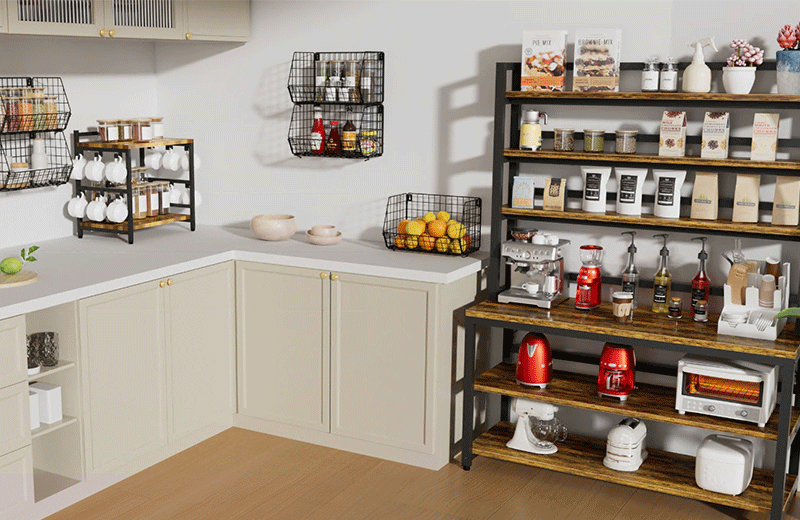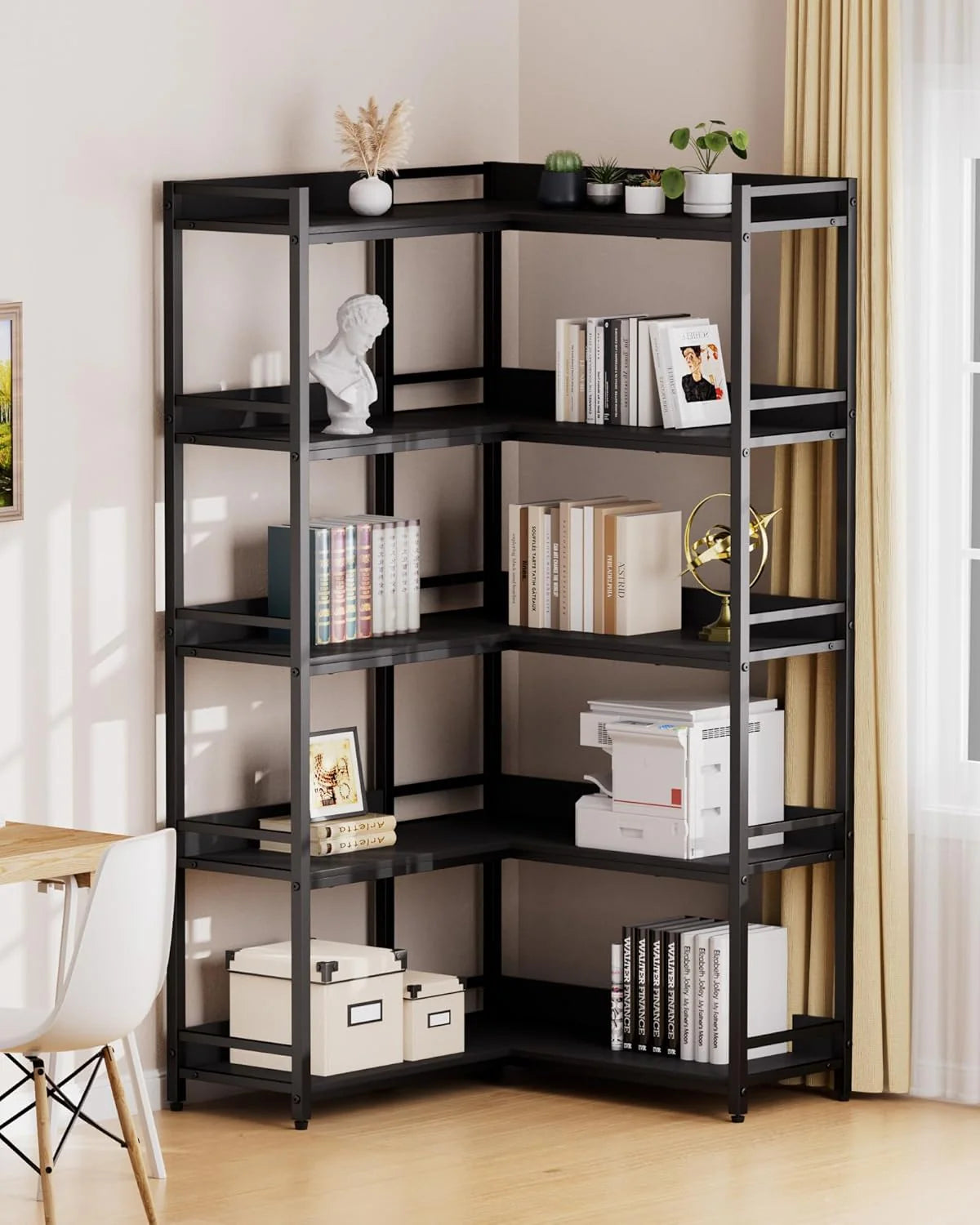Choosing the right size for a bookshelf is crucial for both functionality and aesthetics in your living space. Whether you are an avid reader, a collector of rare editions, or simply need a place to store your belongings, understanding how big your bookshelf should be can greatly enhance your home environment. This article will explore various factors to consider when determining the ideal size for a bookshelf, including room dimensions, book sizes, and personal preferences.
Understanding Your Needs
Before diving into specific measurements, it's essential to assess your needs and goals for the bookshelf. Ask yourself the following questions:- What will you store? Are you primarily housing books, or do you plan to include decorative items, storage boxes, or other materials?
- How many books do you have? Consider your current collection and any future additions.
- What is the room's function? The purpose of the room can influence the type and size of the bookshelf you need.
Measuring Your Space
- Room Dimensions: Start by measuring the height, width, and depth of the area where you plan to place the bookshelf. Take note of any architectural features such as windows, doors, or baseboards that might affect placement.
- Ceiling Height: Consider the height of your room. If you have high ceilings, tall bookshelves can create an impressive visual effect. Conversely, in rooms with lower ceilings, shorter shelves may be more appropriate to avoid making the space feel cramped.
- Available Floor Space: Ensure there is enough floor space for the bookshelf without obstructing pathways or creating clutter. A good rule of thumb is to leave at least 30 inches of clearance in front of the shelf for easy access.
Choosing Bookshelf Dimensions
When selecting a bookshelf, it’s vital to consider its dimensions based on your specific needs:-
Height:
- Standard Heights: Most bookshelves range from 30 inches (for low bookshelves) to 72 inches or taller (for tall bookcases). A standard height that works well in many homes is around 60 inches.
- Tall Bookshelves: Ideal for rooms with high ceilings, these can maximize vertical space but may require a ladder for access.
- Shorter Bookshelves: These are suitable for smaller rooms or for use as a coffee table or side table.
-
Width:
- Narrow Shelves: If space is limited, consider narrower bookshelves that can fit into tight corners or small areas.
- Wide Shelves: For larger collections or if you want to display decorative items alongside books, wider shelves provide ample space.
-
Depth:
- Standard Depths: Most bookshelves are between 10 to 14 inches deep. This depth allows for standard book sizes while providing enough stability.
- Shallower Shelves: If you plan to store smaller items or want a more streamlined look, consider shelves that are 8 to 10 inches deep.
- Deeper Shelves: These can accommodate larger books or decorative items but may take up more floor space.
Accounting for Book Sizes
Books come in various sizes—paperbacks, hardcovers, coffee table books—so it’s essential to account for these when choosing a bookshelf:- Standard Book Sizes: Most contemporary fiction and non-fiction titles are around 8-10 inches tall. Ensure there is enough shelf height (typically 12-15 inches) between shelves to accommodate these sizes comfortably.
- Oversized Books: If you own large coffee table books or art volumes, plan for shelves that are at least 15-20 inches high.
- Adjustable Shelves: Consider investing in a bookshelf with adjustable shelves. This feature allows flexibility in organizing different book sizes and adapting as your collection grows.
Aesthetic Considerations
The size of your bookshelf should also complement your existing decor:- Proportionality: Ensure that the bookshelf is proportionate to other furniture in the room. A massive bookshelf can overwhelm a small room while a tiny shelf may look lost against larger furniture pieces.
- Style Harmony: Choose a bookshelf style that matches your decor theme—modern, rustic, traditional—to create visual harmony within the space.
- Color and Material: The color and material of your bookshelf will also affect its visual impact. Lighter woods can make a room feel airy while darker woods add warmth and richness.
Practical Tips for Selecting Bookshelf Size
- Plan for Future Growth: If you're an avid reader planning to expand your collection over time, choose a larger bookshelf than you currently need to accommodate future purchases.
- Consider Multi-Functionality: Look for bookshelves that offer additional functions such as built-in desks or storage compartments if space is at a premium.
- Test Before You Buy: Use painter's tape to outline the dimensions of potential bookshelves on your wall or floor before making a purchase decision. This visual representation helps gauge how much space it will occupy and whether it fits well within your room's layout.
- Evaluate Accessibility: Ensure that whatever size you choose allows easy access to all books and items stored on it without needing excessive stretching or bending.
- Think About Lighting: Consider how light interacts with your chosen bookshelf size and location; adequate lighting enhances visibility and adds ambiance.







